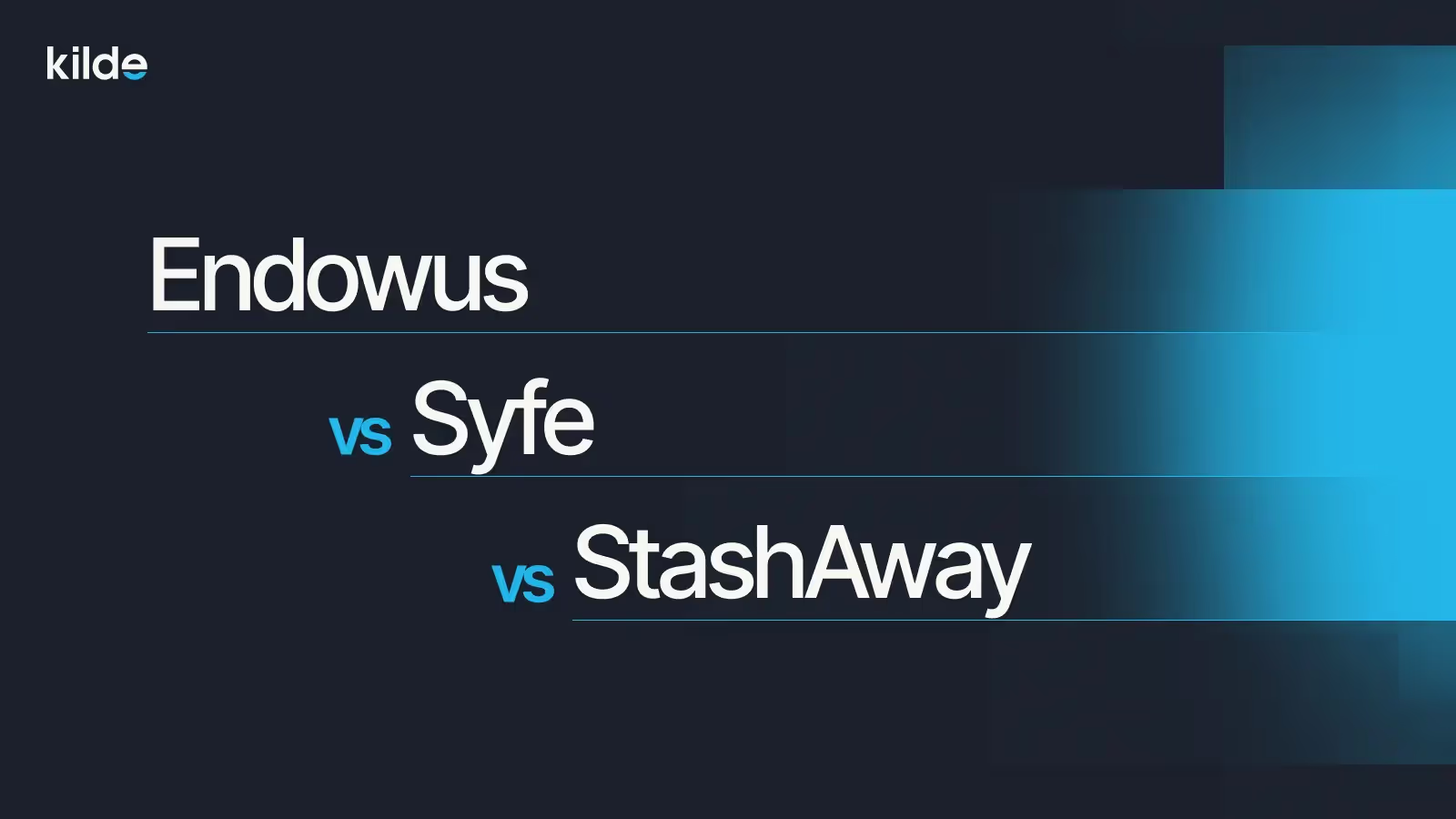Investing in Exchange-Traded Funds (ETFs) that track the S&P 500 Index has long been a popular choice for building a diversified portfolio. Two well-known examples are SPY (SPDR S&P 500 ETF Trust) and VOO (Vanguard S&P 500 ETF). Referred to as "index funds", these investments aim to emulate the performance of the S&P 500 - a benchmark index representing the U.S. stock market's performance.
Even though SPY and VOO track the same index, they are not entirely identical in their structure or operation. Notable differences between them include the expense ratios, liquidity, and the fund management's approach. These can significantly impact the funds' performance and may influence your choice between these two ETF behemoths.
SPY often holds the spotlight due to its position as the most traded ETF globally. This high liquidity can be particularly appealing to active traders or investors who value the flexibility to enter or exit positions swiftly. Conversely, VOO, managed by Vanguard, has gained popularity for its low expense ratio since its inception in 2010. For long-term investors who are cost-conscious, VOO may be more attractive as lower fees can considerably affect net returns over an extended investment horizon.
{{cta-component}}
VOO: Vanguard S&P 500 ETF
As an S&P 500 index fund, VOO (Vanguard S&P 500 ETF) aims to mimic the performance of the S&P 500, which serves as a crucial benchmark index, encompassing 500 major and successful companies representing a significant cross-section of the U.S. economy. Some notable examples of companies included in the VOO are Apple Inc. (AAPL), Microsoft Corporation (MSFT), Amazon.com, Inc. (AMZN), Facebook, Inc. (FB), Alphabet Inc. (GOOGL), JPMorgan Chase & Co (JPM). and Exxon Mobil Corporation (XOM).
Launched by Vanguard Group in 2010, VOO quickly became a favoured choice among investors due to its low expense ratio and the strong pedigree of its managing firm.
VOO Performance
Since its inception, VOO has delivered strong returns, faithfully tracking the S&P 500. As of 2023, VOO has not only maintained this trajectory but continues to thrive, offering an attractive option for those looking for an investment vehicle that balances both performance and cost. Since its inception, the fund has generated annual returns of 13.66%. Additionally, the fund's low expense ratio is a key factor in its robust performance, enabling investors to retain a larger portion of their returns. Additionally, Vanguard's track record for high-quality, low-cost index funds has helped bolster VOO's standing in the market.
VOO Holdings
A crucial part of VOO's appeal lies in its holdings. When you invest in VOO, your portfolio gains a diversified exposure to the largest publicly-traded companies in the U.S. across sectors such as technology, healthcare, and consumer discretionary. With companies like Apple, Microsoft, Amazon, and Alphabet making up significant portions of the fund, VOO can be a great way to invest in these giants without having to buy individual stocks. The fund's broad-based exposure helps mitigate sector-specific risks, making VOO a viable choice for those seeking to balance returns and risk in their investment portfolio.
SPY: SPDR S&P 500 ETF Trust
Introduced to the world by State Street Global Advisors in 1993, SPY (SPDR S&P 500 ETF Trust) has the unique distinction of being the first-ever exchange-traded fund in the U.S. and is currently the most heavily-traded ETF globally. SPY's objective is to track the S&P 500 Index, offering investors broad exposure to the U.S. stock market.
SPY Performance
Over its three-decade lifespan, SPY has consistently delivered strong performance, with a compound annual return of 9.93% which closely mirrored the returns of the S&P 500 Index.
SPY Holdings
In terms of holdings, SPY replicates the S&P 500, which means that an investment in SPY gives you access to a broad range of sectors, from technology and healthcare to consumer discretionary, and companies such as Apple, Microsoft, Amazon, and Alphabet.
Therefore, the fund is well-positioned to weather sector-specific downturns, making it a reliable choice for investors seeking broad market exposure. Due to high daily trading volumes of about 80 million USD, SPY offers high liquidity which makes it extremely popular among institutional investors and active traders.
SPY vs VOO: Commonalities
When comparing the differences between SPY and VOO, it is crucial to identify their commonalities as they might have a significant impact on your investment decision. Here are the key similarities between the two:
SPY vs VOO: Key Differences
While SPY and VOO share several commonalities, it is equally important to understand their differences, as these could significantly impact your investment decision. Here are the key differences between these two ETFs:
VOO vs SPY: Income and Dividends
When it comes to income and dividends, both VOO and SPY have a track record of distributing dividends to their investors. These dividends are derived from the income earned on the underlying stocks that these ETFs hold.
However, there is a slight difference in the actual dividend yield received by investors due to the differing expense ratios between the two funds. Because VOO has a lower expense ratio, it tends to distribute slightly higher dividends to its shareholders when compared to SPY.
Our Final Thoughts: Which is Better, VOO or SPY?
The decision to invest in VOO or SPY ultimately hinges on your investment objectives, risk tolerance, and investment horizon. Each ETF has its unique advantages that might appeal to different types of investors.
If you are a cost-conscious investor looking for long-term growth, VOO's lower expense ratio might make it a more attractive option. Over the long run, the savings from the lower expense ratio can compound, leading to a significant difference in your investment returns.
Conversely, if you are an active trader or institutional investor seeking higher liquidity and the flexibility to quickly enter or exit positions, SPY might be the better choice. Its higher trading volume and narrower bid-ask spread can provide advantages in terms of trade execution.
However, while investing in ETFs like VOO or SPY offers exposure to the diverse performance potential of the S&P 500, it is equally important to consider alternative investment avenues. One such avenue that broadens the scope of investment options for Singaporeans is investing in private debt via Kilde, a digital investment platform based in Singapore.
{{cta-component}}
Private debt, which might not otherwise be accessible, could generate annual returns of up to 13.5*% when invested through Kilde, thus complementing traditional choices like ETFs and offering a diverse path toward wealth creation and financial growth.
Overall, investing in either VOO or SPY allows you to diversify your portfolio with shares of some of the largest and most influential companies in the United States. Keep in mind that investing always involves risks, and it's important to thoroughly research and consider your options before making a decision. Whether you choose VOO or SPY, both ETFs provide a relatively straightforward and efficient way to invest in the broad U.S. stock market.
Sources:
Aleksandra Yurchenko does not hold any positions in these ETFs, nor does she receive any form of compensation for writing about them. This article is for informational purposes only and should not be construed as investment advice. Always consult with a qualified financial advisor before making any investment decisions.
*KILDE PTE LTD (“Kilde”) is incorporated in Singapore (registration no. 201929587K) is licenced and regulated by the Monetary Authority Singapore and holds a Capital Markets Services Licence (CMS101016) and an Exempted Financial Advisor License under the Financial Adviser Act. The information provided in this marketing material is intended for “accredited investors” and “institutional investors” (collectively “qualified persons”) only. This marketing material, and any information in this marketing material, or any documentation that Kilde provides in relation to this marketing material is provided without any representation or any kind of warranties whatsoever (whether express or implied by law).
This advertisement has not been reviewed by the Monetary Authority of Singapore.

















